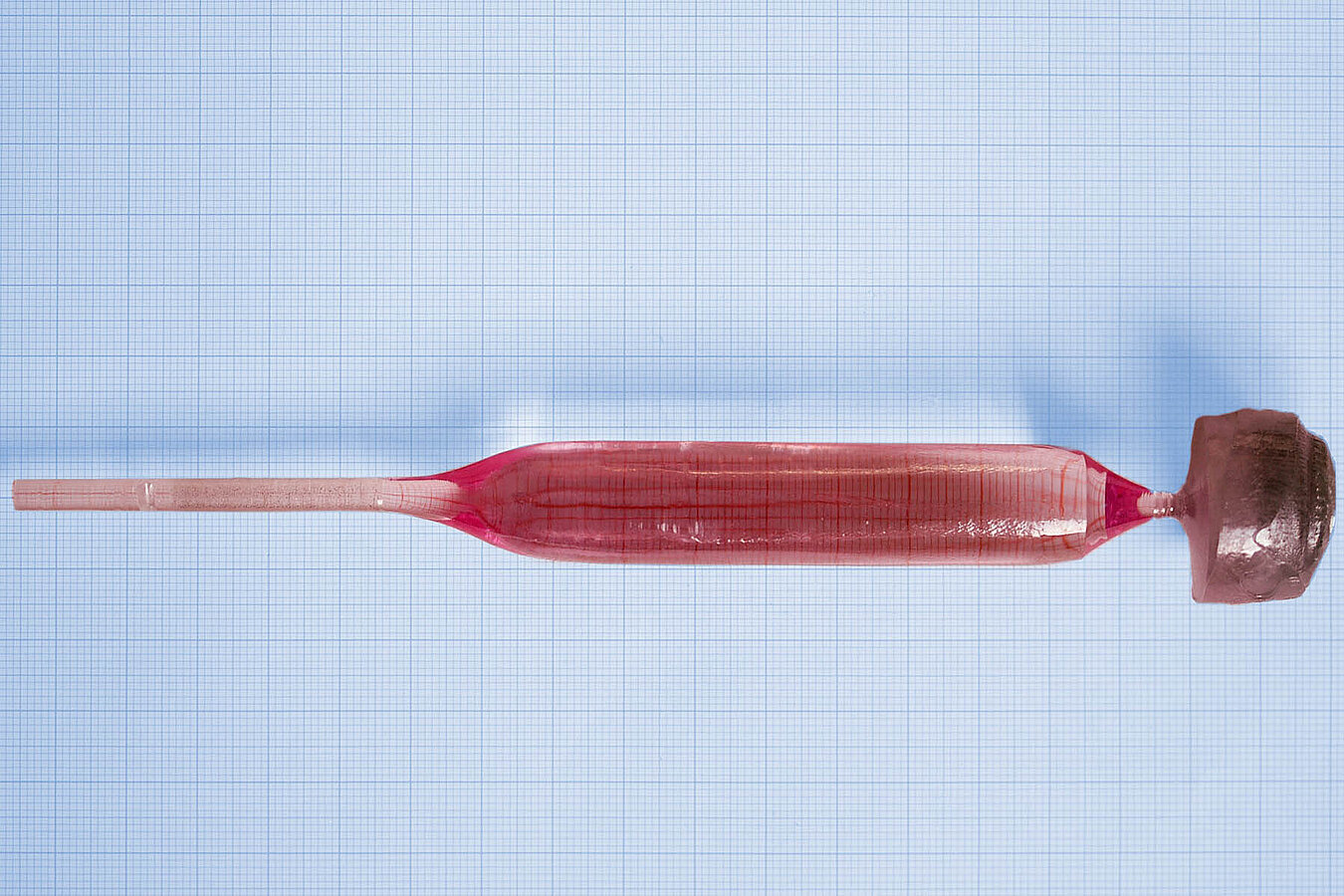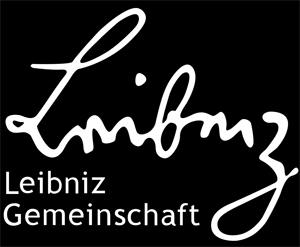In the publication "Optical spin polarization in ruby enhances slow light by high-contrast transient spectral hole-burning" Hans Riesen, Aleksander K. Rebane, Wayne Hutchison and Steffen Ganschow describe important optical properties of chromium-doped alumina crystals, better known as rubies. The basis of their success is an extremely low-doped ruby grown at the IKZ by Steffen Ganschow.
The research group around Prof. Hans Riesen at the New South Wales University in Canberra, Australia, could show that in ruby the spin-lattice relaxation time of the chromium atoms, and thus the lifetime of optically excited polarization states, can be in the order of seconds. This can be exploited for important nonlinear optical effects. For the measurement, a crystal was needed that has a very low (26 ppm at.) but homogeneous concentration of chromium atoms in the volume. The low concentration prevents chromium atoms from coming too close to each other which may cause saturation effects. However, during regular growth from the melt (in an inert gas) the chromium incorporation can hardly be controlled, as under such conditions chromium is mostly present as Cr2O3 that easily segregates into the crystal. Therefore such crystals are not commercially available.
Steffen Ganschow already demonstrated in his doctoral thesis that an equilibrium between CrO and Cr2O3 can form in the growth atmosphere depending on the oxygen partial pressure during growth. Since only Cr2O3 but not CrO is incorporated into the crystal, the chromium concentration in the crystal can be adjusted and controlled by adding CO and CO2 to the growth atmosphere [1]. In this way, the low chromium doping was also made possible. The crystals grown in this manner are not only used in basic research, but are also used for the calibration of spectrometers, since the intensity of the chromium luminescence lines can be determined very precisely.
[1] S. Ganschow et al., On the effect of oxygen partial pressure on the chromium distribution coefficient in melt-grown ruby crystals, J. Crystal Growth 325, 81-84 (2011)
https://dx.doi.org/10.1016/j.jcrysgro.2011.04.033
See the Spotlight:
https://www.osapublishing.org/spotlight/
https://www.osapublishing.org/spotlight/summary.cfm?id=440126


